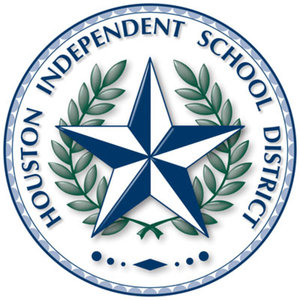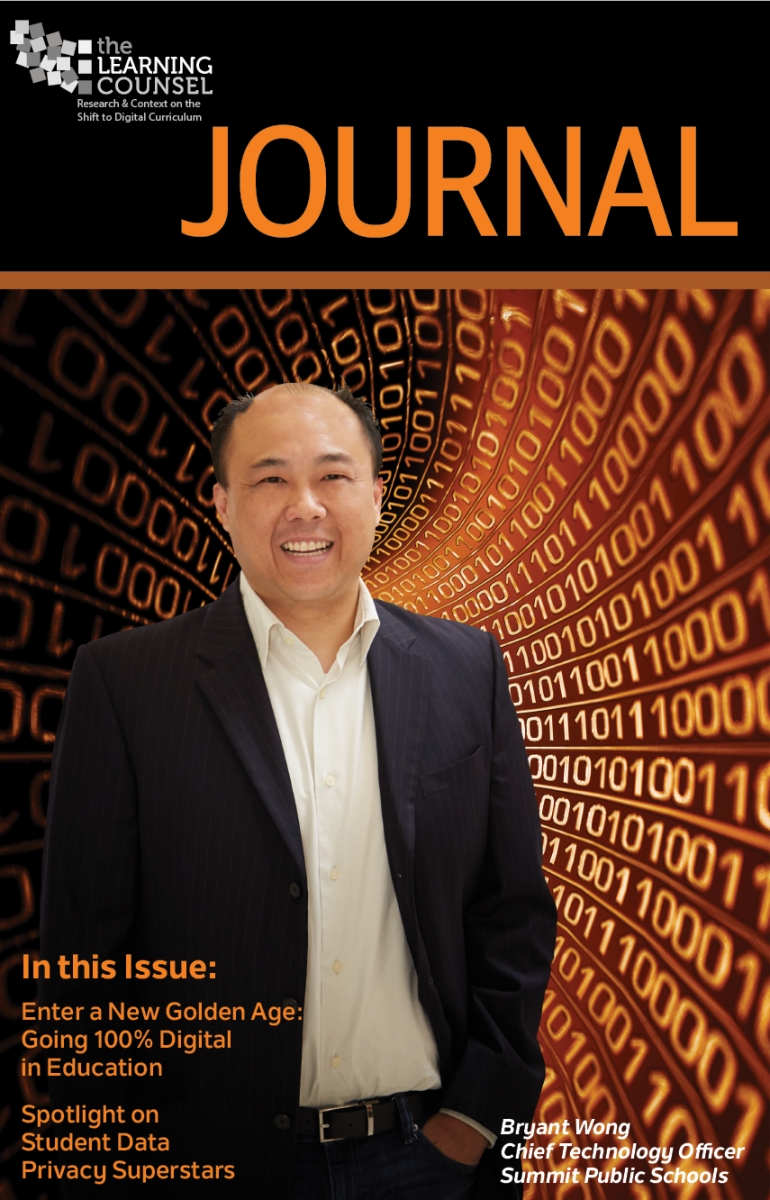By the end of the 2015-16 school year, Houston Independent School District completed the first stage of a 1:1 implementation—distributing 66,000 laptops to their high school students. From the beginning, leaders realized they needed to educate students on how to responsibly use technology through digital literacy and digital citizenship curriculum. That’s when they started their journey to become student data privacy superstars, to complement the other technical superstardoms in this uniquely savvy district.
Cyber Safety Moments
The “Cyber Safety Moments” program was designed to show Houston students how to maintain personal privacy, safely use the internet, and learn good digital citizenship. The goal was to help students be safe across the Internet, by understanding digital privacy and security, internet safety practices, intellectual property laws and etiquette (or “netiquette”) in the classroom and in a digital society.
In 2014, administrators sent out a district-wide memo inviting interested teachers and students to voluntarily participate in the “Cyber Safety Moments” program. Students were instructed to use pre-written scripts from Common Sense Media to produce videos on cyber safety.
Administrators realized that students would get more out of the program if they created original scripts on cyber safety, rather than using someone else’s work. Once the new video scripts were written, students started producing the videos in their computer and science classes.
Students created videos that showcased what cyber safety and digital citizenship meant to them. Some of their topics included:
- Bullying online.
- How to respond to online conversations safely (especially if it’s a stranger).
- Not responding to phishing scams.
The students’ creative and insightful productions are featured on Houston ISD’s district website, as well as the Learning Counsel and The Future of Privacy websites.
Cyber Safety in Practice
In addition to creating programs to help students learn to be responsible Internet users and gain critical digital skills, Houston ISD requires instructional resources companies to implement security precautions. Through contracts and data sharing agreements, they ensure that vendors they work with are cognizant of the legal requirements for student and district data privacy.
As part of their steps to raise security processes and protect students and teachers, Houston ISD created a comprehensive website to evaluate mobile and online applications based on license agreements, data handling, encryption quality and existing laws. The district website features pop-up cards that show how to safely use apps in the classroom and cautions teachers and students about how free apps can take advantage of their personal data.
Houston collaborated with Common Sense Media, who created an application rating site with a built-in engine which reads and analyzes user agreements and data policies to spot questionable sites. It recommends when not to use a specific app. The result of these security initiatives brought reforms from several app providers and developers.
According to Beatriz Arnillas, Director IT, Education Technology, Houston ISD, ten free app developers came back and asked why they received a poor rating of “unsafe for education” on their apps. “Some used the feedback to modify their license usage terms and make their apps safer for education,” said Arnillas. This information now appears on the Future Privacy Forum and Common Sense websites.
“Our district started something that had not been done before. We began with baby steps,” said Arnillas. “We aroused awareness of how easy it was to put student information and district data at risk by using mobile apps, how easy it is to ‘hack’ a cell phone, or to commit extortion by using ‘ransomware’.”
Superstar Network — Done
Regarding access and speed, Houston ISD has been working to improve their bandwidth for over five years using E-rate funding. In order to abide by E-rate rules, the district filters content and blocks inappropriate sites.
Houston is seeing more and more buy-in from teachers for the ‘Digital Literacy Moments’ program because they see the value of putting students in the driver’s seat of their learning, leading to increased student involvement and engagement.
Houston’s district website also gives teachers a rubric and other tools to ensure good quality of student projects. The site has analytics tools for administrators to track the growth of teacher interest and utilization.
The data collected so far on the success of the program excited Houston ISD’s administration. Copyright and intellectual ownership is also part of the programs.
Recommendations to Other Districts
Anyone can develop their own digital literacy program to raise awareness about digital security, privacy, internet safety and intellectual property. Arnillas recommends starting by announcing your technology programs in a simple way to staff and students through a familiar web site.
“Creating a program like Digital Literacy Moments is a ‘learning-by-doing’ process when you begin. You must build up support and tailor the message to what is important to your district. Technology provides useful tools, as long as teachers and students alike learn to use it effectively. The challenge is not the technology, but rather, human behavior, or managing change,” concluded Ms. Arnillas.

This story is excerpted from the recently published Journal Enter a New Golden Age: Going 100% Digital in Education which can be downloaded here.











